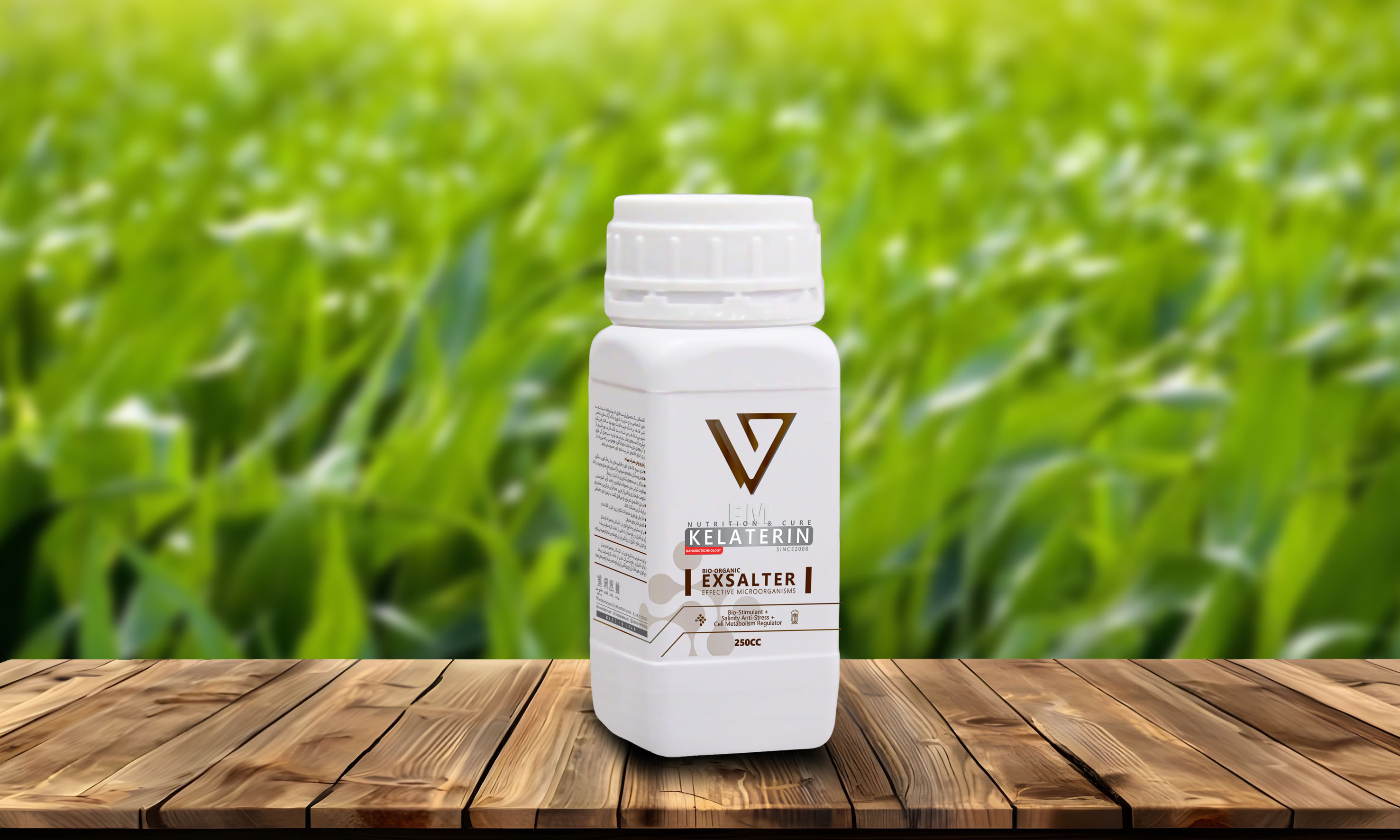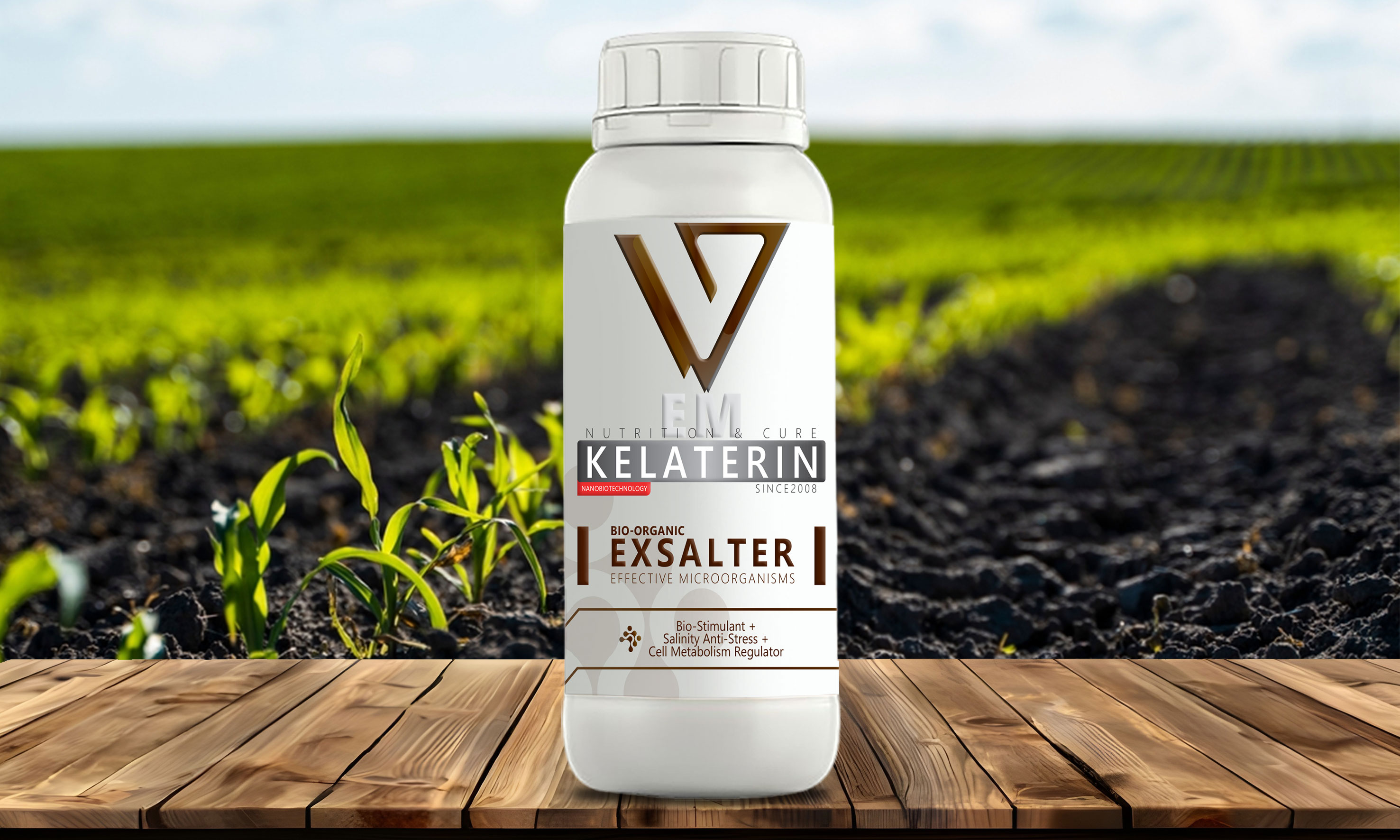Exsalter
Usage rate:
Irrigation: 3–10 liters per hectare (depending on soil organic matter and salinity level)
Fertilizer registration number: 47407
Exsalter
Product Description
Exsalter is an advanced biotechnological product specifically formulated for managing soil salinity, releasing locked nutrients, correcting calcareous soils, and improving the physical and chemical structure of the soil.
By utilizing beneficial microorganisms, Exsalter produces organic acids and enzymes that decompose organic matter and humus, offering a sustainable solution for the rehabilitation of saline and degraded soils.
Exsalter is also highly effective in the control and treatment of nematodes.
Application Rates and Methods
- Irrigation: Apply 3–10 L/ha with irrigation water at planting and during the growing season, depending on the soil’s organic matter content.
- Effect Duration: The positive effects of Exsalter are typically observed 2–4 weeks after application, depending on the level of organic matter in the soil.
- In highly saline or organic matter–poor soils, repeated applications during the growing season are recommended for better results.
- In high-quality soils with organic matter above 1.5%, even 2 L/ha can yield excellent results.
Precautions:
- Store away from direct sunlight and at room temperature.
- Avoid mixing with chemical fertilizers and pesticides, especially those containing copper.
- Avoid over-irrigation and soil leaching.

